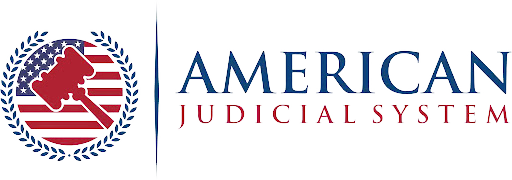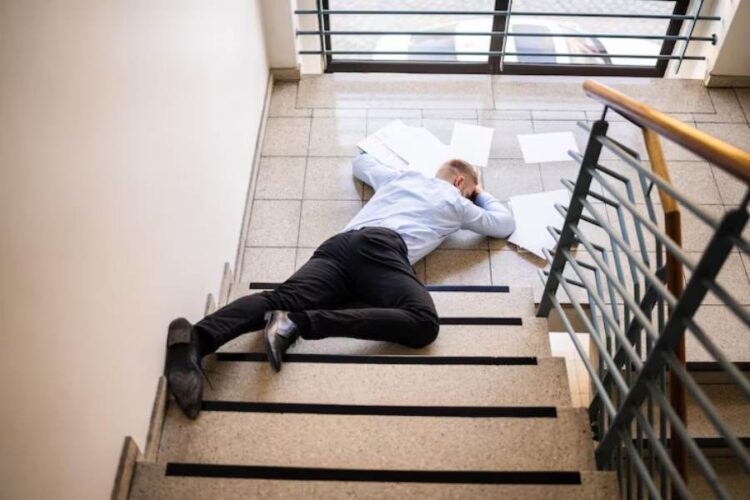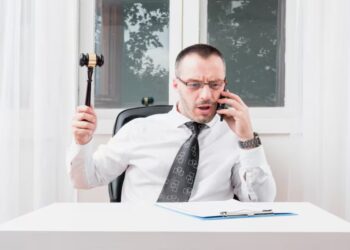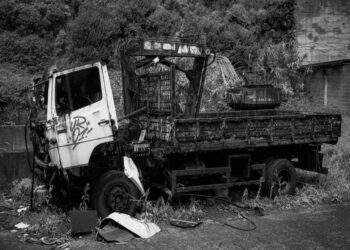Slip and fall accidents can occur in the blink of an eye, leaving victims with painful injuries and mounting expenses. Often, these incidents are not simply the result of clumsiness but stem from hazardous conditions on a property. A seasoned legal professional specializing in these cases possesses a keen eye for detail, noticing subtle yet critical factors that property owners often hope will be overlooked. Indeed, a slip and fall attorney is adept at identifying the specific elements of negligence that contribute to these incidents. This article delves into the crucial aspects that these attorneys scrutinize, revealing the oversights and potential violations that can form the basis of a successful claim. Understanding these perspectives can empower individuals to recognize hazards and seek appropriate legal recourse when injuries occur due to a property owner’s negligence.
The Treachery of Uneven Surfaces
What appears to be a minor crack in a sidewalk or a slightly raised paving stone can pose a significant tripping hazard. Property owners might dismiss these imperfections as negligible wear and tear, hoping that those traversing their property won’t stumble or, if they do, won’t attribute it to negligence. However, a diligent attorney understands that these seemingly small irregularities can violate safety standards and constitute a breach of the duty of care owed to visitors. They meticulously document these uneven walking surfaces, often employing photographic evidence and expert assessments to demonstrate the hazard’s severity and foreseeability. Such evidence can be crucial in proving that the property owner was aware, or should have been aware, of the dangerous condition and failed to take reasonable steps to rectify it, directly leading to the injury.
Silent Threats: The Danger of Neglected Spills
A spilled liquid left unattended in a grocery aisle or a puddle near an entranceway might seem like a fleeting issue. Property owners may hope that such spills will evaporate quickly or be stepped over without incident. However, for a dedicated legal professional specializing in premises liability cases, these seemingly temporary hazards represent a clear failure in property maintenance. The duty of care requires property owners to promptly address and clean up spills to prevent foreseeable accidents. Establishing negligence in these cases often involves meticulous investigation into the timeline of the spill, the property owner’s knowledge of it, and the adequacy of their response. Surveillance footage, witness statements, and even the absence of “wet floor” signs can be critical pieces of evidence in demonstrating a property owner’s failure to maintain a safe environment.
Shadowed Steps: The Impact of Inadequate Lighting
Poorly illuminated walkways, stairwells, or parking lots can transform otherwise manageable areas into accident zones. Property owners might overlook the importance of adequate lighting, perhaps viewing it as an unnecessary expense. However, a sharp-eyed legal advocate in Queens knows that insufficient lighting can obscure hazards like changes in elevation, debris, or even the edge of a step, making a slip or trip virtually inevitable. Building codes often specify minimum lighting levels for safety, and a violation of these codes can be strong evidence of negligence. These attorneys may utilize light meter readings and expert testimony to illustrate how inadequate illumination directly contributed to the accident, arguing that the property owner failed to provide a reasonably safe environment for visitors.
The Absence of Warning: A Sign of Negligence
Even when a hazard exists, the failure to provide adequate warning can constitute negligence. Property owners might hope that visitors will simply see and avoid potential dangers, negating their responsibility to warn. However, a skilled personal injury lawyer understands that clear and conspicuous warning signs are often legally required when a hazardous condition cannot be immediately remedied. This includes situations like ongoing maintenance, recently mopped floors, or uneven surfaces. The absence of such warnings, or the presence of inadequate or poorly placed signs, can demonstrate a property owner’s disregard for the safety of those on their premises. These legal professionals meticulously examine the signage present (or absent) at the scene, arguing that a proper warning could have prevented the incident.
Hidden Flaws: Uncovering Building Code Violations
Sometimes, the cause of a slip and fall lies not in a temporary condition but in underlying structural defects or violations of building codes. Property owners might be unaware of these issues or hope they remain undiscovered. However, a meticulous Queens slip and fall attorney often investigates the structural integrity of the premises, looking for deviations from safety regulations. These investigations can uncover a range of dangerous conditions, such as:
- Improperly constructed staircases with inconsistent riser heights.
- Handrails that don’t meet the required height or grip dimensions.
- Inadequate lighting in stairwells or hallways is as per code.
- Lack of slip-resistant flooring in areas prone to wetness.
- Inadequate drainage systems lead to standing water or ice accumulation.
- Failure to provide necessary safety features like grab bars in restrooms.
Identifying and documenting such violations, often with the help of engineering experts and building inspectors, can provide compelling evidence of negligence, demonstrating that the property was inherently unsafe due to the owner’s failure to adhere to established safety standards.
Beyond the Obvious: The Attorney’s Comprehensive View
In navigating a slip and fall case, a Queens slip and fall attorney brings a comprehensive perspective that extends far beyond what a layperson might initially observe. They understand the intricacies of premises liability law, the burden of proof required to establish negligence, and the various factors that can contribute to an accident. This includes not only the immediate hazard but also the property owner’s history of maintenance, prior incidents on the property, and adherence to relevant safety regulations. Their ability to synthesize seemingly disparate pieces of information and build a cohesive legal argument is what property owners often hope will not be possible. By meticulously investigating the scene, gathering evidence, and consulting with experts, these attorneys strive to uncover the full picture of negligence.
Conclusion
The aftermath of a slip and fall accident can be confusing and overwhelming. What might appear to be a simple mishap often involves underlying issues of property maintenance and safety. Slip and fall attorneys possess a trained eye, capable of discerning the subtle yet critical details that property owners may hope remain unnoticed or unproven. From uneven walkways and neglected spills to inadequate lighting and the absence of proper warnings, these legal professionals meticulously investigate the conditions that contributed to the injury. By understanding the nuances of premises liability and the significance of seemingly minor oversights, individuals who have suffered a fall can better understand their rights and the importance of seeking experienced legal counsel to ensure accountability and pursue just compensation. Read more about how the Queens slip and fall attorney can help you.










